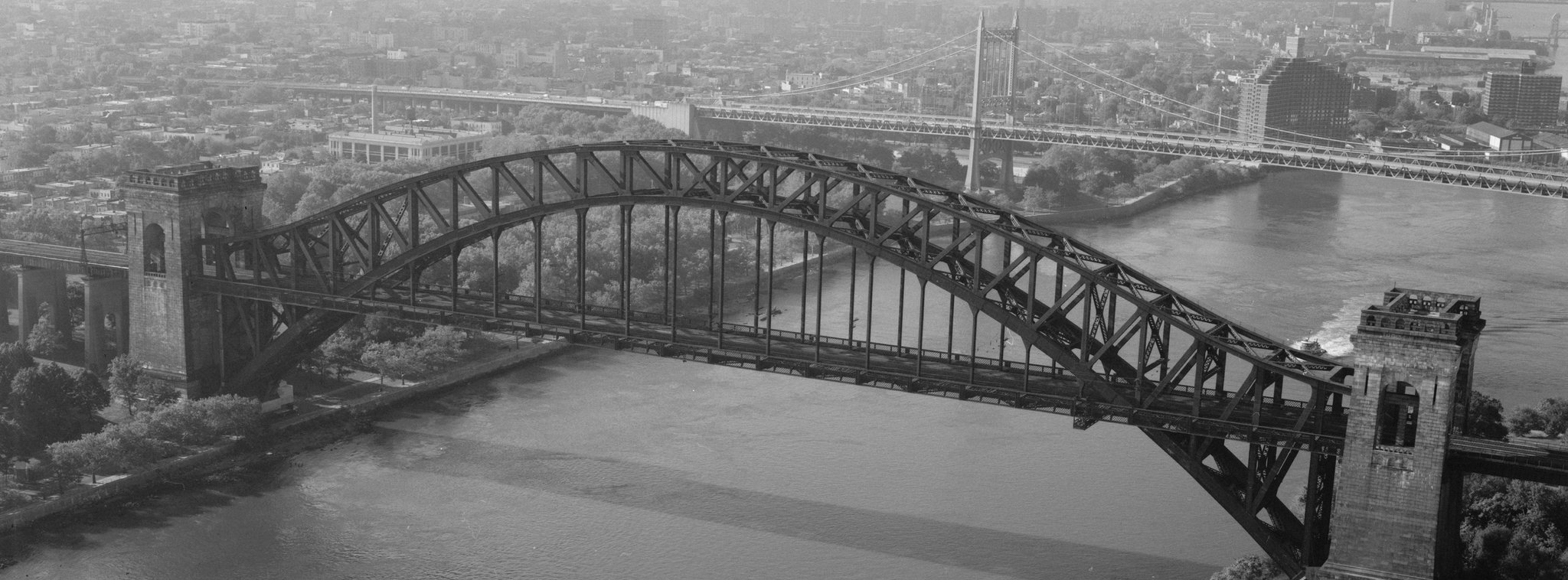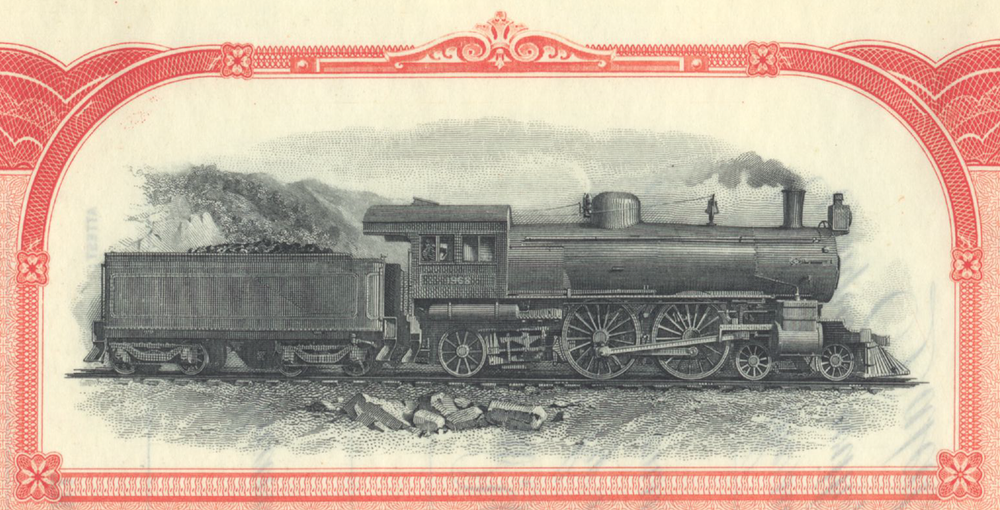
New York Connecting Railroad
The New York Connecting Railroad was incorporated on April 21, 1892, and was jointly owned by the New York, New Haven and Hartford Railroad (the "New Haven") and the Pennsylvania Railroad (PRR). The line opened in 1917 as a connection between the New Haven's Harlem River and Port Chester Railroad and the PRR East River Tunnels to Penn Station and the North River Tunnels under the Hudson River.
The line was dedicated on March 9, 1917 by PRR President Samuel Rea and engineer Gustav Lindenthal.
A special train took the directors of the New Haven over the line on March 25, 1917, and at that time it was turned over to the New Haven for operation, though the Southern Division (freight-only) was not yet complete. Passenger service began on April 1, 1917, with the return of the Federal Express and the rerouting of two local trains. The Colonial began using it April 30, resulting in the first accident on the NYCR on August 20, 1917. Through freights to Bay Ridge began January 17, 1918, and the final work was completed August 7, 1918.
The New York Connecting Railroad was electrified around 1917 and last extension completed in 1927 as an extension of the New Haven's system. The NYCR system encompassed 20 route miles of track, and was electrified, like the New Haven, using overhead catenary at 11 kV, 25 Hz. The system received power from the New Haven Cos Cob Power Station and Consolidated Edison 201st generating station via the West Farms substation. Additional power was supplied from a 5 MW, 7 kVA, 11 kV, three-phase to single-phase converter installed at East New York. This unit was also operated in synchronous condenser mode for reactive power support.
Like the New Haven, the NYCR traction power was distributed using the 2 x 11 kV autotransformer topology. Two wires, the feeder and the catenary (often called the trolley wire), carried voltage of 11 kV to ground, but of opposite phase such that the feeder and catenary were 22 kV phase-to-phase. Six autotransformer stations, spaced an average of 3.8 miles apart along the line, converted power. Each station contained oil circuit breakers for both feeder and trolley buses, bus sectioning switches, and one 3 MVA outdoor autotransformer.
The LIRR portion of the system (essentially everything to the south of Bowery Bay), along with the freight catenary from West Farms over Hell Gate to Bowery Bay, was removed in 1969-1970. By 1986 Amtrak, which had inherited the Connecting Railroad, changed the traction power system over to 60 Hz operation coincident with the Metro-North Railroad re-powering of the New Haven Line at 60 Hz and de-activation of the Cos Cob Power Station. The autotransformer architecture was retained, but the source of power changed from the Metro-North New Haven Line system to the Con Edison-supplied Van Nest Substation.









